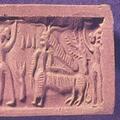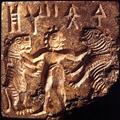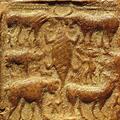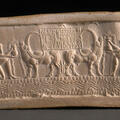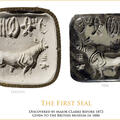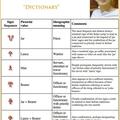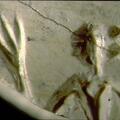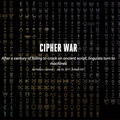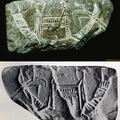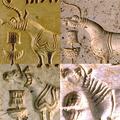The Harappan Goddess of War?
"The Harappans had a goddess of war connected with the tiger, another large feline that was once native to the Indus Valley. On a cylinder seal from Kalibangan, a goddess in long skirt and plaited hair holds the hands of two warriors in the process of spearing each other."

